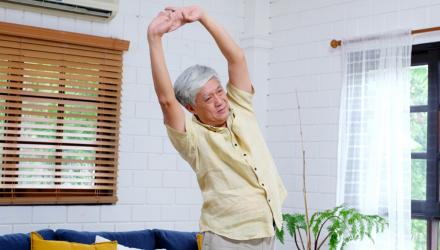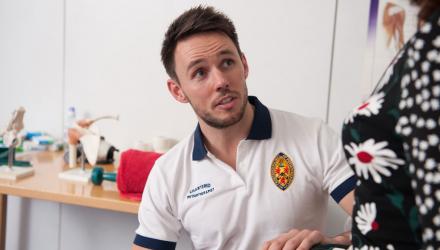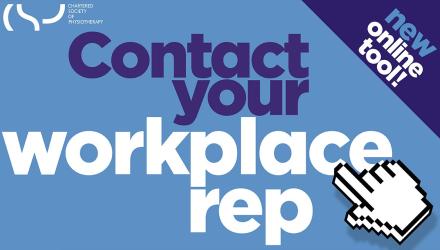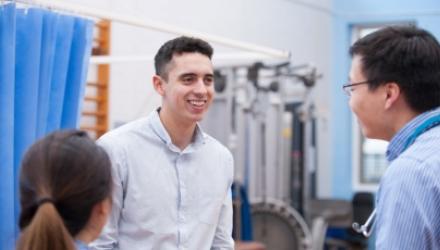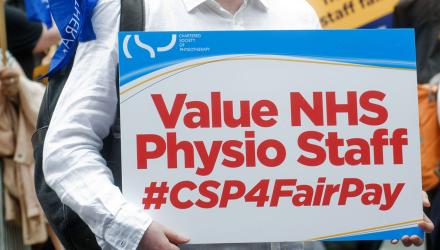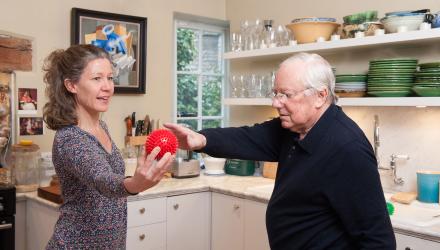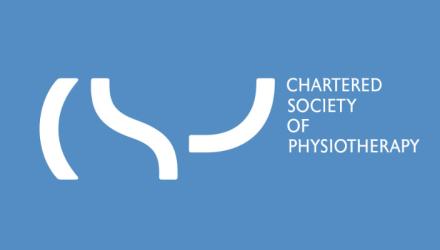Graham Clews looks at a CSP campaign designed to show why increasing opportunities for practice-based learning is vital for the profession.
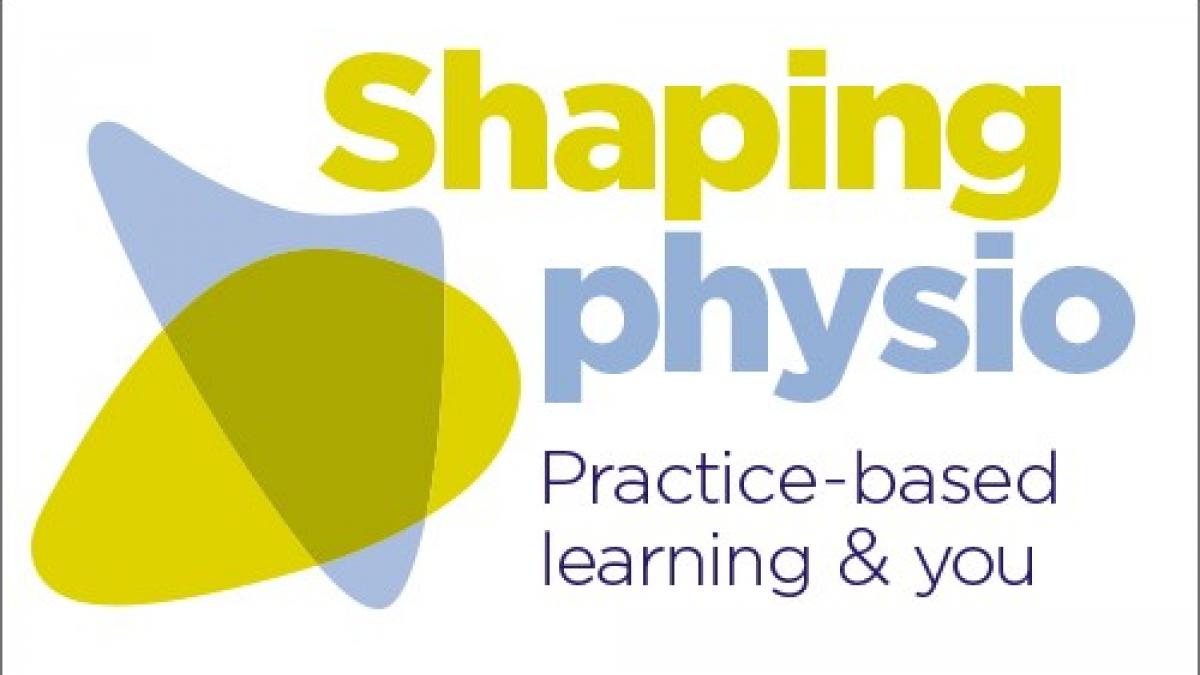
The physiotherapy workforce of the future is likely to be larger, more complex and with a wider scope of practice. Demand for physiotherapy is growing across the board. As the profession increasingly demonstrates its impact and value as an effective solution to meeting changing healthcare needs, the need for more graduates can only increase.
But to produce this exciting expansion in the physio workforce, practice-based learning, an essential part of every physiotherapy student’s training, must grow too. The question is, who is going to help deliver this vital element of clinical education, and how is it going to be shaped?
The answer must be: existing physiotherapists, regardless of their band, their job title, whether they work in the community, a hospital, or private practice, and whether they practise in the middle of a large city, or deep in the countryside.
Every physiotherapy student must complete 1,000 hours of practice-based learning prior to qualification. The demand for 1,000 practice-based learning hours is currently being met. But the growth and increasing diversity of physiotherapy practice means that the number of student placements available needs to keep pace with demand.
Busting the myths
To do this, a host of myths must be busted. These include: that students only learn in their universities, which does not prepare them well for practice once they have graduated; that students must be supervised by staff working at band 6 or above; that taking students drains resources and compromises the safe and effective provision of physiotherapy; that non-hospital settings are not appropriate for students’ learning; and that the traditional one-to-one model of student supervision works best.
But the biggest myth of all, which must be tackled if practice-based learning is to grow, is that taking students on a placement is ‘someone else’s responsibility’.
The CSP’s ongoing campaign ‘Shaping physio – practice-based learning and you’, aims to persuade every working physiotherapist to engage with practice-based learning and to do it now.
CSP chair Catherine Pope says that a failure to engage will mean physios risking the quality and value of their profession. ‘We all benefited from practice-based learning ourselves, and therefore we all have a responsibility to ensure that future patients will benefit from appropriately skilled physiotherapists,’ she says. ‘There is no-one better placed to demonstrate current evidence-based clinical care to physiotherapy students than practising physiotherapists.’
Balancing the risks
CSP director of employment relations Claire Sullivan added: ‘We know that many of our members are facing rising workloads and it is important to acknowledge this and work to address the causes. Nonetheless, it’s more important than ever that we find effective ways to train students, who are the physios of the future and therefore the very people who will ensure that there are enough well-trained staff to work alongside existing members in the years to come.’
Offering a student view is Luke Tobin, a second year student at Cardiff University who chairs the CSP student executive committee. For him, a placement is when all the theory that he has absorbed begins to make sense.
‘It gives such a vital perspective, and there so many things that you can’t do in the classroom, you can only do in practice’ he says.
‘Future physios also get an insight into areas like management, service development, career progression, and communications skills, which are vital ifthe profession is to develop and grow.’
Following the government’s decision to change the way physiotherapy education is funded in England (with a move to tuition fees and student loans from 2017-18), the cap on the number of student places has been lifted. Ms Pope says CSP workforce modelling has identified that 500 more physiotherapists will need to be graduate every year up to 2020 to meet projected workforce demand.
Potential risk
A lack of high-quality practice-based learning opportunities to sustain increases in student numbers could, at its worst, mean that some students would not be able to complete the requirements of their programme. As a result, they would not meet the requirements for Health and Care Professions Council registration and full membership of the CSP. This could thwart efforts to grow the profession in line with workforce demand, creating significant problems for individuals and higher education institutes.
In addition, employers could go to other professions to fill the resulting gap, meaning physio posts could be lost on a permanent basis. ‘It would also prevent the profession from being able to expand into new areas and advanced practitioner roles at the scale needed to show our true potential to health and social care delivery,’ says Ms Pope.
Health services across the UK face increasing pressures and it can be tempting to focus purely on clinical work as a result. For some, this might mean cutting the placements they offer to students.
‘I’m sure there are many reasons not to take on students, but the reality is that as a placement coordinator for a higher education institute I am finding it increasingly difficult to source sufficient placements for students,’ says Janet Thomas, a lecturer at Queen Margaret’s University in Edinburgh and a physio at Whitefield Day Hospital in Dunfermline, Fife.
‘But work we have done between Queen Margaret and NHS Lothian shows that if all suitable qualified physios took students then they would only have to take a student for around three weeks a year.’
The benefits are manifold for practising physios. Clinical educators can stay up to date in their own practice, engage in continuing professional development and increase opportunities for their own progression. All this, while enhancing the prospects of recruiting new graduates to their service.
Ms Thomas says: ‘I love taking students as an educator. It makes you question your own practice, which is never a bad thing, and they can ask the most insightful questions – or even just “why did you do this?” leading you to question your thought processes.
‘On a more practical level, students can leave a fantastic legacy – we still use paperwork for case discussion meetings that was originally conceived by a student on placement.’
The CSP has been working hard to campaign for the expansion of practice-based learning; to allow members to share the work they are doing in this field; and to find ways to overcome the barriers to expanding and developing practice-based learning.
Webinars and practice-based learning events are already taking place around the country; new briefings on both ‘how to’ and ‘why to’ engage with practice-based learning are being published; and delegates at this autumn’s Physiotherapy UK conference will be asked to take the expansion of practice-based learning message back to their departments.
The message really is simple. Student leader Mr Tobin says passing on knowledge to physios of the future is ‘part and parcel of being a physio’.
And Mrs Thomas adds: ‘We were all students once. If want to ensure the future of our profession by having innovative physiotherapists who aspire to the best possible practice, then it is up to us all as practice educators in practice-based learning to make this happen.’fl
Author
Graham Clews
Number of subscribers: 2




